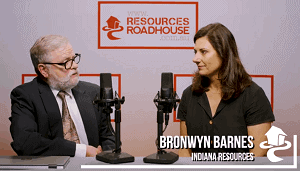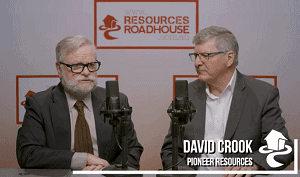THE BOURSE WHISPERER: Lithium Australia (ASX: LIT) has openly declared that its corporate intentions include shoring up an ethical and sustainable supply of energy metals to the battery industry, thus enhancing energy security in the process.
The company is eager to create a circular battery economy and has highlighted the recycling of old lithium-ion batteries to new is intrinsic to this plan.
In October 2019, Lithium Australia announced it had increased its equity in Envirostream Australia Pty Ltd (EA) to 23.9 per cent.
The company believes that by combining the recycling resources of both companies, they will form the only recycling entity in Australia able to not only collect, sort, shred and separate the components of spent batteries but also supply the technology required to recover all the energy metals they contain, to supply as a value-added product or for direct feed for conversion into cathode active materials.
Lithium Australia expects that the restructured EA/LIT recycling business unit will be investment-ready in the first half of 2020.
“Our plan to create greater opportunities for shareholders and potential investors began with increasing our equity in Envirostream,” Lithium Australia managing director Adrian Griffin said in a recent announcement to the Australian Securities Exchange.
“We see the recycling of spent batteries as a significant opportunity, given the increased legislative and community focus on environmental responsibility.
“Envirostream’s existing business model and Lithium Australia’s metal extraction technologies could exist in perfect symbiosis, and we are planning for a public listing.
“Meanwhile, other company business units are approaching commercialisation and, as they do we, will adopt a similar approach in the interests of our shareholders.”
Lithium Australia has plans to restructure its asset base.
This, it believes, will provide greater value for its shareholders and provide current and future investors with the opportunity to choose in which company business units they prefer to invest.
LIT business units are as follows include the recycling deal mentioned above and the use of primary extraction technologies developed to generate high-purity lithium chemicals from waste material.
They also include the manufacture of batteries.
LIT, through its wholly-owned subsidiary VSPC Ltd, has already created LFP cathode powders from mine waste and recycled batteries on a pilot scale.
The produced LFP powders are being incorporated into commercial-format 18650 coin-cell lithium-ion batteries at DLG’s plant in China.
LIT is finalising its Pre-Feasibility Studies into the production of LFP cathode powder and, as part of that study, mounting a trade delegation to China in early November 2019.
There, the company will assess opportunities to partner with existing Chinese cathode-powder producers, with a view to utilising existing plant and infrastructure for a faster and lower-capital pathway to commercialisation.
Meanwhile, LIT and DLG have incorporated Soluna Australia Pty Ltd, with the aim of supplying battery products into the energy storage industry nationally.
The focus will be on fringe-of-grid and off-grid applications. Legal formalities should be completed shortly and staff recruitment has commenced.
Lithium Australia is currently revising the orebody model for the company’s Sadisdorf lithium/tin deposit in Germany and is also in discussions with third parties regarding involvement in the exploration and assessment of a number of its Western Australian exploration assets.
Email: info@lithium-au.com
Web: www.lithium-au.com







